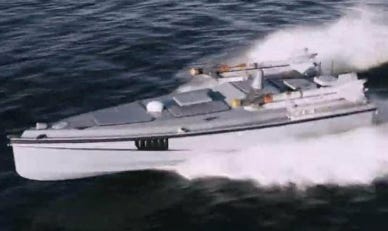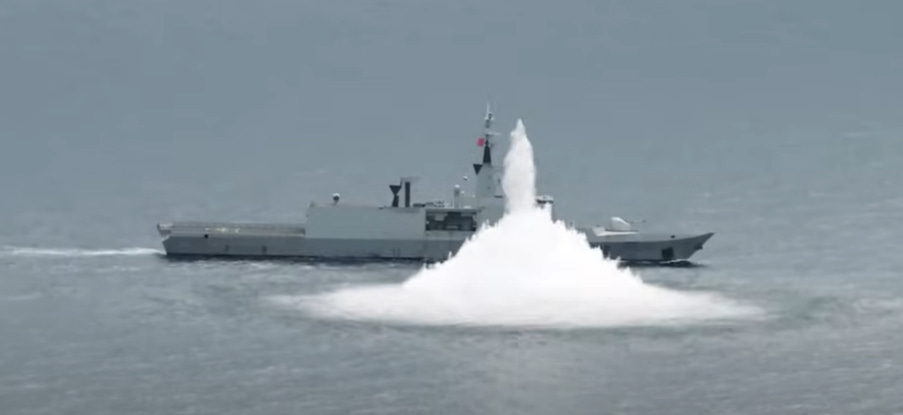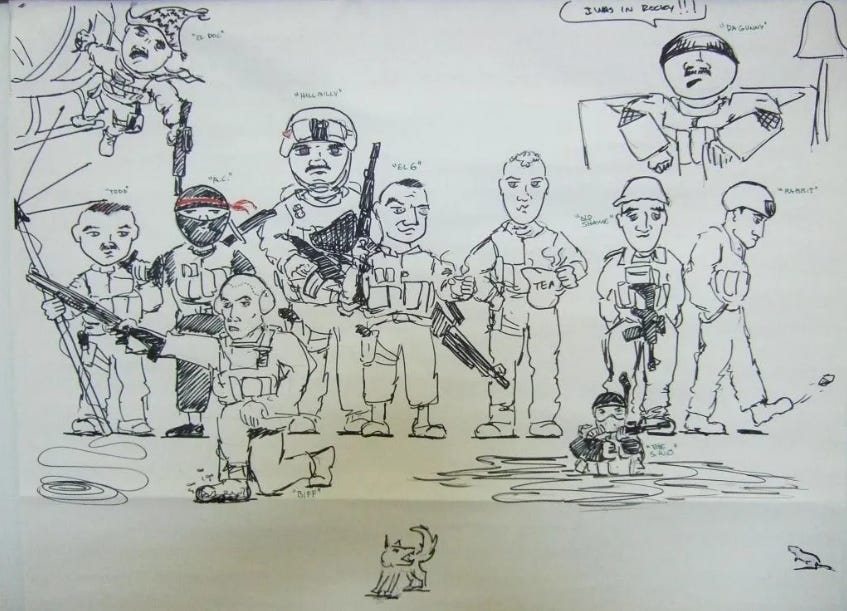
Before turning to the logistics in the news and the news about logistics, I spent the last week catching up on the Chernobyl series. Whew. So much logistics saving the world. People, materiel, and movement. Who wants that review of it?
TRADE
In the interconnected supply systems world, trade — the movement of inputs and finished goods among nations — is the essential cycle of its works.
As Trump tampers with the workings of a critical node (the US), the effects are rippling throughout, most critically within the US. “A majority of Texas business executives expect their companies to be negatively impacted by higher tariffs this year, per a Dallas Fed survey released Monday.” Dallas Fed Survey And as “blank sailings” rise, economic forecasters worry. DHL reversed course on its decision not to deliver packages worth over $800 to the US. Their original decision was on the burden of the process imposed by the new tariffs — the Trump Administration has eased these requirements for packages up to $2500. However, this easement is for DHL only, and other delivery and importing enterprises will have to deal with the de minimis deletion. This is a good example how exogenous shocks to systems do not have simple, linear effects. The tariffs do not just raise prices of goods, they impose new time costs around the distribution network through process changes.
UPS is diversifying out of its over-commitment to Amazon deliveries, with a workforce reduction and restructuring beginning this summer.
Ports and Tariffs
Portent of Asian shipping, container volume is already down at LA port, trucking affected. Further detail from the Washington Post: “In the 3 weeks since the tariffs took effect, ocean-container bookings from China to the U.S. are down by more than 60%….Cargo carriers that bring Asian goods to the Port of Los Angeles have canceled 20 port calls next month, more than 3 times as many as last month.” Decreased traffic also noted at the port in Seattle.
Tech Supply Chain
"A new dataset, visualized as maps, reveals the extent to which African workers are indirectly employed in the tech sector, doing content moderation, customer service, and data annotation for AI models, among other jobs."
INFRASTRUCTURE
The electrical grid on the Iberian Peninsula suffered a catastrophic failure last week. With that in mind, in Emergency Preparedness, what should you do to be ready for such events? Check out this example from GovUK for insights. Grid failures are accelerating at the same pace that we are intent to electrify everything and then make it use more electricity by complexifying it. The gas range is now a complex piece of digital and electronic technology. Perhaps telephonic landlines at least should be maintained for emergency communications. Unrelatedly but serendipitously, the Centre for European Reform’s John Springford published a policy brief on pan-Euro electricity trade, and what was holding back advances on that front.
The fire at the port in Iran was brought under control early in the week.
Virginia breaks ground in Chesapeake on a cable manufacturing plant for undersea networking of off-shore wind farms.
Highways between Dallas and Houston are now hosting the first long-haul driverless trucking.
This is a sewer rover from the Northeast Ohio Regional Sewer District.
MARITIME and DEFENSE
Poland announces missile and logistics defense deal with the US. Donald Tusk continues to work to keep Trump on-side with Western European and Ukrainian interests.
Finnish Coast Guard reports dangerous incident with Shadow Fleet tanker.
Deploying new platforms means stress testing their resilience to the rigors of war. In this video, ShockEx for frigate Courbet carried out earlier this year to assess its worth and ready the crew for operations.
Aircraft carrier USS Harry Truman — logistical power projection at sea — lost an F/A-18 Super Hornet overboard while managing critical defensive maneuvers in the Red Sea campaign against the Houthis. The aircraft was under tow (i.e., not fully secured) when the incident occurred. I think it's worth remembering that op-tempo means incidentally, some bad things are going to happen irrespective of the politics of the administration.
If you are interested in the rise of drone warfare — the acquisition of the drone legions — try this from Matthew Palmer. For US emergency preparation, the Air National Guard participated in civ-mil wildfire fighting exercise, training aerial fire suppression systems during annual event in California. In the history of airmobility, the rise of trans-Atlantic air mail began 88 years ago with flight surveys of potential routes. Last week the RAF Museum celebrated the 80th anniversary of Operation Manna, the campaign to delivery by air necessary provisions to liberated populations in the Netherlands struggling in war’s aftermath.
For a bit of logistical history from me, with the introductory piece on the Army WWII histories written as part of the Erna Risch series ongoing here At the Junction. A review of how institutional capability and capacity were built (in crisis) may just come in handy in the future.
How The Army Wrote WWII: The Green Books
Why should you care about this relatively obscure historical collection? In this moment of bureaucratic destruction and distrust of government work, the Army’s past efforts to memorialize its role within the American War is an homage to public service quality. And insofar as the war drove the creation and development of advanced federal operations, it o…
Finally, and keeping with history and logistics, Casualty Logistics on the home front are a little considered — for who really wants to ponder the processes of pain and loss — subtheme of the operation of any military enterprise. In peace and war, casualties are taken, it is only the pace that changes. By unfortunate chance, I had personal experience of what happens when casualties come home from war. On 29 April 2007, the worst happened for a small team of Marines in Fallujah, Iraq, and I became part of an eternal process, which I wrote about here.
UKRAINE WAR
The training pipeline is one of the critical elements of the strategic and operational logistical support the Allies have provided to Ukraine’s war effort. Here, the French Army shows off its training base and regime in Poland. On the Life Strategy side of the effort (see explanation here), to support its own war effort, Ukraine’s arms industry is ramping up, with the first Bohdana-B 155mm (NATO standard) towed howitzers entering service. As part of the Czech initiative on artillery shells, their Defense Ministry announced Ukraine has already received 400,000 large-caliber shells this year. US agrees to expanded F-16 deal and further delivers mothballed aircraft for spares.
Why do I put the condition of the Russian economy and broader functions in this section? Because under attrition theory, the harbingers of collapse ring here as well. In Mariupol, investigators reveal the reconstruction is behind schedule and will take 18 years to complete. In other corrupted logistics, a former Energy Minister was charged and found guilty for heating failures on Sputnik Naval Base. As General Director of the local public utility, “the temperature regime of heater No 42/138 in Sputnik did not meet the settled heating scheme, which resulted in reduced air temperature in the housing quarters in Sputnik," reportedly as low as 11°C according to reports in December 2024. Worth noting as well, these quarter house the families of personnel serving in Ukraine. The interplay of home front conditions and front line morale does factor in war, often strategically.
KNOWLEDGE
Germany celebrated the 625th birthday of Johannes Gutenberg in Mainz last week by printing the world’s largest Bible page. The revolutionary effect of the printing press in the manufacture and dissemination of information and knowledge and the course of human progress cannot be over-stressed.

In the preservation of knowledge — even if we do not yet understand the genius of these particular instruments — the Library of Congress acquired a Stradivari Viola for its musical instrument collection.
How things work — pill production and other details of life. Cool historical video platformed by JSTOR.
ENVIRONMENT
Lake Champlain reports success in its efforts to bring the native trout population back to sustainable levels, announcing recently it will end the restocking program. On the broader restoration effort, for those with an interest in inland waters, the edited collection Rewilding the Urban Frontier: River Conservation in the Anthropocene is recommended in this piece from H-Net Reviews. From my experience on foot around Long Island and the Northeast, the small waterways of our region are struggling from the vagaries of development, runoff and debris, and, increasingly, climate change induced storm surges. And yet, these internal tributaries would be vital to managing climate stresses and deserve broader attention.
At the other end of the chain, Dr. Neil Buttery discusses at food waste and preservation in history in his latest podcast.
Data centers, resource use, and pollution will stalk societies as they rush headlong to untethered expansion.







